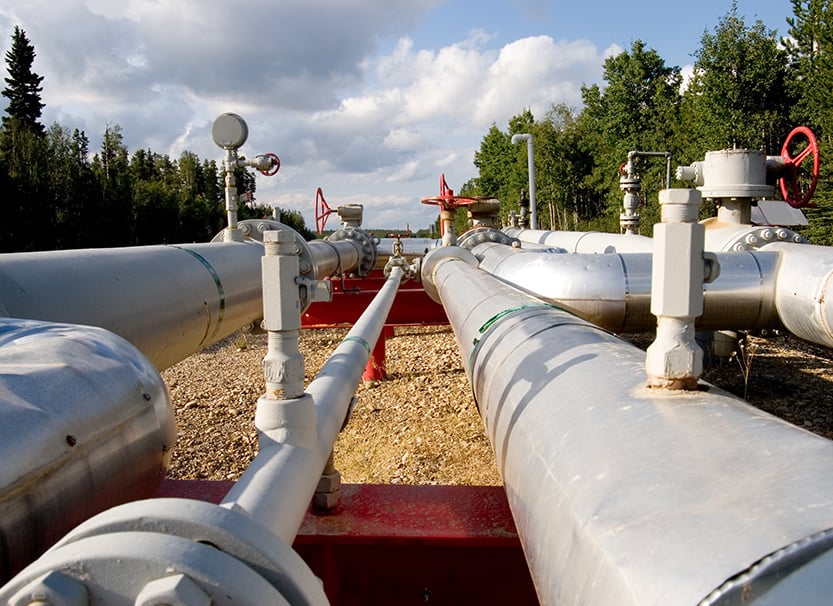
Supreme Court Issues Split Rulings on Clean Air Act Venue Disputes
On June 18, 2025, the U.S. Supreme Court issued decisions in two significant Clean Air Act cases — EPA v. Calumet Shreveport Refining and Oklahoma v. EPA — clarifying the appropriate venue for legal challenges to certain final EPA actions. In Calumet, the Court held that EPA’s universal denials of small-refinery-exemption (SRE) petitions under the Renewable Fuel Standard program were “based on a determination of nationwide scope or effect,” and thus challenges may only be brought in the D.C. Circuit Court of Appeals. By contrast, the Court in Oklahoma held that challenges to EPA’s disapproval of State Implementation Plans (SIPs) belong in the applicable regional circuit courts because the agency’s determinations were based on facts and rationales unique to each state. Although some gray areas remain, the twin decisions put several long-standing venue issues to rest and should encourage quicker resolution of Clean Air Act regulatory challenges.

U.S. EPA Removes Regulatory Affirmative Defense Provision Against Alleged Violations of Oil and Gas Facility NESHAPs
On October 22, 2024, the U.S. Environmental Protection Agency (EPA) published a final rule removing an affirmative defense from Clean Air Act (CAA) National Emission Standards for Hazardous Air Pollutants (NESHAP) regulations for the Oil and Natural Gas Production Facility and Natural Gas Transmission and Storage Facility Source Categories (Final Rule).[1] Prior to the Final Rule, owners or operators could assert an affirmative defense that alleged NESHAP standard violations were caused by an equipment malfunction.[2] A “malfunction” is defined as any sudden, infrequent, and not reasonably preventable failure of air pollution control and monitoring equipment, process equipment, or a process to operate in a normal or usual manner.[3]
EPA Issues Final Rule for Major Source Reclassification Under Clean Air Act Section 112
On Tuesday, September 10, the U.S. Environmental Protection Agency (EPA) issued a final rule establishing requirements for major sources of hazardous air pollutants — sources that emit or have the potential to emit 10 tons per year of a single hazardous air pollutant or 25 tons per year of a combination of hazardous air pollutants — that reclassify as area sources below these thresholds. Reversing a rule adopted during the Trump administration, the rule provides that sources emitting any of the seven persistent and bioaccumulative hazardous air pollutants listed under Section 112(c)(6) of the Clean Air Act must continue to comply with major source standards even if otherwise reclassified as area sources. As a result, reclassified sources will still be subject to maximum achievable control technology standards rather than less stringent standards applicable to area sources. In so doing, EPA maintains that at least 90% of the cumulative emissions of these pollutants will be subject to National Emission Standards for Hazardous Air Pollutants (NESHAP) regardless of future source reclassifications.

